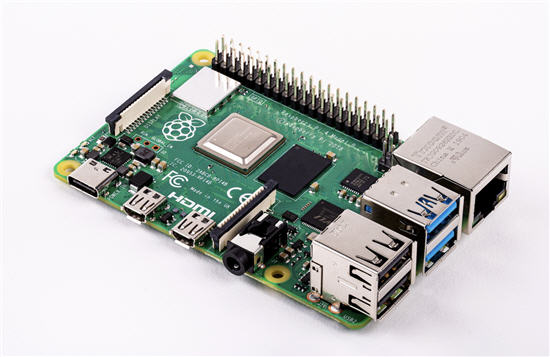How Does USB Copy Protection Work?
Understanding How USB Copy Protection Works
In this article we will detail how USB copy protection solutions work from a Southern California company named Nexcopy. Before we start there are important definitions we must all agree upon. As in today’s market place there are multiple vendors using the wrong definitions to explain copy protection.
Copy protection is different than encryption; although copy protection does use a form of encryption in the overall solution.
Encryption is scrambling up data and requiring a password to piece all the data together and display it. Once the password is entered the data can be viewed. The potential security issue is the user who entered the password can now do anything they wish with the files, print, save, share, etc.
Copy protection is different in two ways. First, there is no password required to view the data. Second, the files cannot be saved, printed, shared, streamed when viewed by even the most trusted user.
The later, copy protection, is what most people want when it comes to multi-media files like PDF, video, audio and HTML pages. Most users want the data to be seen by as many people as possible, yet the data cannot be saved, shared, streamed, printed or screen captured.
So with that in mind, let us review how the Nexcopy solution works for USB copy protection.
Key Features of Nexcopy USB Copy Protection
Here are six bullet points regarding features Nexcopy provides which others do not:
- Copy protected content plays on both Mac and Windows computers
- There are no Admin rights required to play the content
- There is no installation required on the host computer
- The content runs 100% from the flash drive
- The USB stick is write protect, so files cannot be deleted or changed
- The solution is both hardware and software, ultra-secure
The Nexcopy USB copy protection solution runs with the assumption the content owner does not want to share the data with even duplication service companies. It is assumed the content owner wants total control of the data before, during and after the USB duplication process.
Here are the steps for using the Copy Secure drives as the content owner:












 Well, it seems that entrepreneur Jonty Lovell has done something about it as the all new – and fully funded – Password Reset Key has been designed to take the hassle out of this common issue. In fact, as long as you have physical access to the system even home owners can now reset their forgotten password within mere moments.
The secret to the Password Reset Key is the fact that it combines a key shaped 1GB flash drive – available in black, stainless steel, or ‘gold’ – with a simple OS that auto-loads his custom software upon startup. Just as with L0phtcrack, with a simple click or three, you can scan, reset and even test how secure a given systems login passwords are. Because of its ‘key’ form factor, it will be hard to lose as you can simply stick on your keychain and always have it close at hand. However, be warned that this $15 – $50 device (depending on which option to choose) may get you in trouble with your IT staff as resetting the ‘administrator’ password will greatly ‘annoy’ them if they find out.
Well, it seems that entrepreneur Jonty Lovell has done something about it as the all new – and fully funded – Password Reset Key has been designed to take the hassle out of this common issue. In fact, as long as you have physical access to the system even home owners can now reset their forgotten password within mere moments.
The secret to the Password Reset Key is the fact that it combines a key shaped 1GB flash drive – available in black, stainless steel, or ‘gold’ – with a simple OS that auto-loads his custom software upon startup. Just as with L0phtcrack, with a simple click or three, you can scan, reset and even test how secure a given systems login passwords are. Because of its ‘key’ form factor, it will be hard to lose as you can simply stick on your keychain and always have it close at hand. However, be warned that this $15 – $50 device (depending on which option to choose) may get you in trouble with your IT staff as resetting the ‘administrator’ password will greatly ‘annoy’ them if they find out.
 The company has just released it’s latest pen scanner, the ScanStik SK600V. The V is for Voice Notes. It’s now possible to scan from a device the size of a writing pen and include voice memos for the scanned document. Nice.
They have also added bluetooth connectivity, but apparently the “b” didn’t make it into the updated part number.
You can scan at 600dpi (dots per inch) and save the file to a microSD card. Once you are ready for download, you can connect to a host computer via USB and off-load all those trade show business cards (or competitors spec sheets of that product not yet released).
The company has just released it’s latest pen scanner, the ScanStik SK600V. The V is for Voice Notes. It’s now possible to scan from a device the size of a writing pen and include voice memos for the scanned document. Nice.
They have also added bluetooth connectivity, but apparently the “b” didn’t make it into the updated part number.
You can scan at 600dpi (dots per inch) and save the file to a microSD card. Once you are ready for download, you can connect to a host computer via USB and off-load all those trade show business cards (or competitors spec sheets of that product not yet released).
